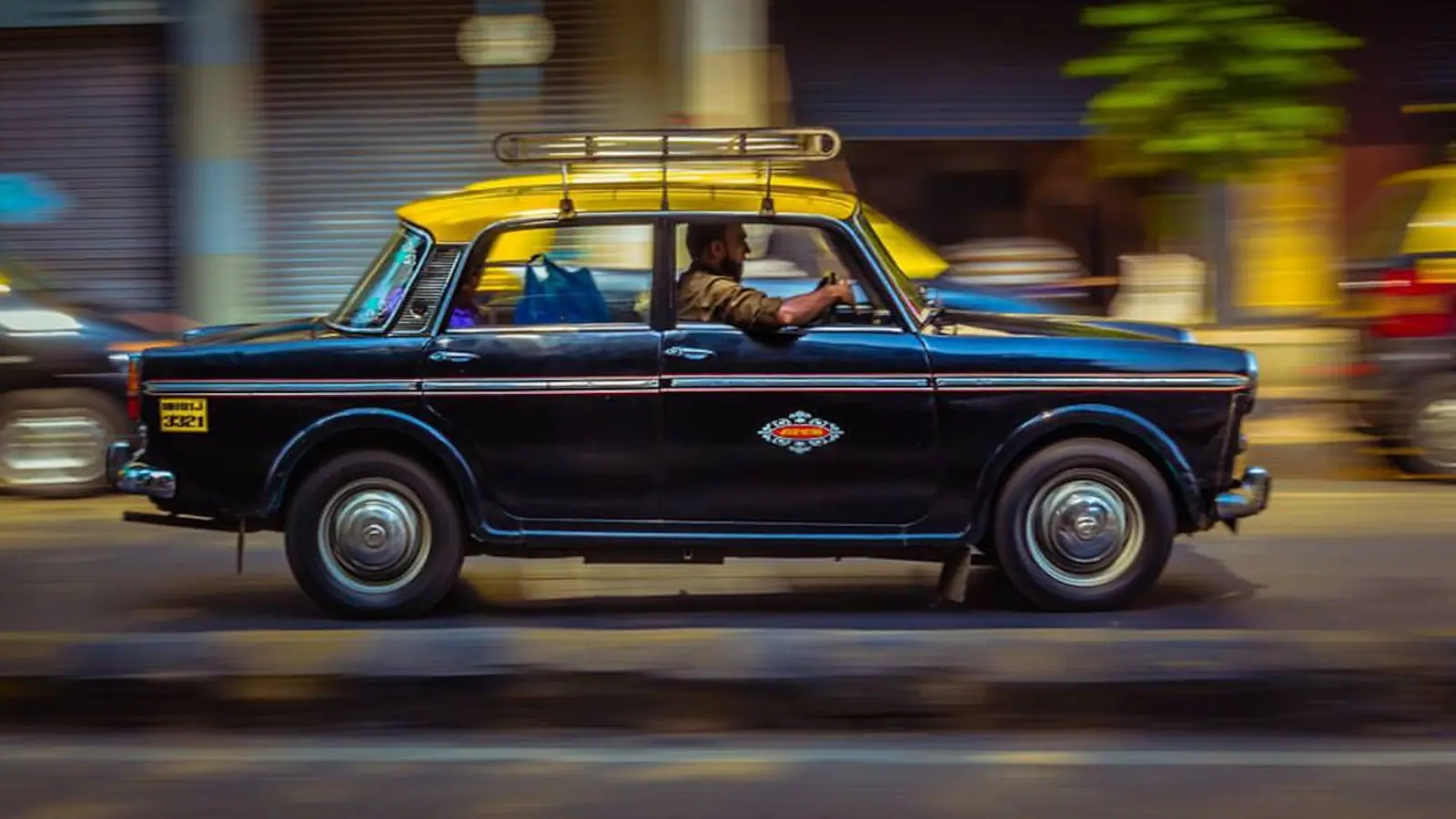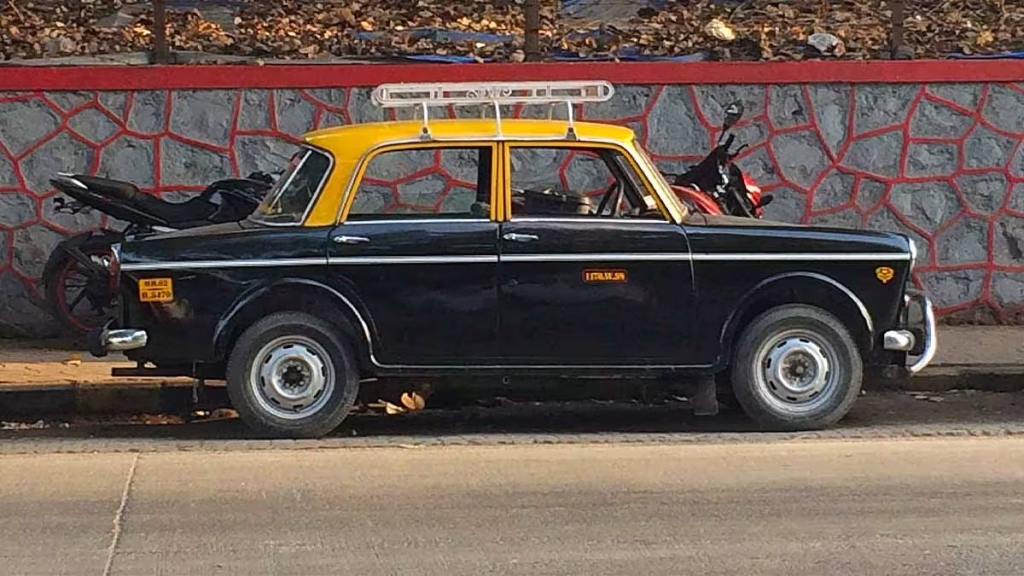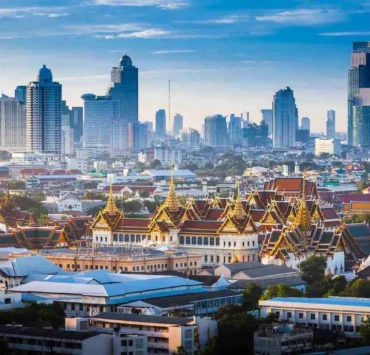
India, a land of cultural diversity, is known for its varied modes of transportation, with the iconic Kaali Peeli taxi being one of its most recognizable. For decades, this black and yellow cab has been an indispensable part of urban Indian life, particularly in Mumbai. The Kaali Peeli taxi is more than just a mode of transport; it represents the city’s fast-paced lifestyle, cultural ethos, and historic charm. Over the years, it has not only become a functional service but also a symbol of Mumbai’s identity.
Table of Contents
This article delves into the history, origin, evolution, and relevance of the Kaali Peeli taxi in India.
1. The Origin of Kaali Peeli Taxi: A Colonial Legacy
The history of taxis in India can be traced back to the British colonial era when the concept of metered taxis was introduced. As British influence increased in metropolitan areas like Bombay (now Mumbai), the need for a regulated and efficient mode of transportation became evident. Inspired by London’s famous black cabs, the first taxis in India made their appearance in the early 20th century.
The official taxi service in Bombay started around 1911, the year India witnessed its first automobile. It began as a luxury service for the British elite, but by the 1940s, it became more accessible to the Indian middle class. The taxis were initially not the black-and-yellow color we know today but gradually evolved to this scheme for better visibility in the city’s chaotic streets.
The term “Kaali Peeli” simply refers to the two colors that define these taxis: black and yellow (peeli in Hindi means yellow). The black color of the body represents the taxi itself, while the yellow roof signifies its purpose as a public utility vehicle.
2. The Model That Defined an Era: The Fiat Premier Padmini

For nearly five decades, the car that defined the Kaali Peeli taxi was the Fiat Premier Padmini, a symbol of Indian automotive history. Produced by Premier Automobiles Limited, this car was originally licensed from the Italian carmaker Fiat. It was introduced to India in 1964, and soon, its compact size, affordability, and durability made it the vehicle of choice for taxi services across Mumbai and other parts of India.
The Premier Padmini, with its curvy design, smooth handling, and reasonable maintenance costs, quickly became a favorite among taxi operators.
By the late 1970s and 1980s, the streets of Mumbai were dominated by these black-and-yellow taxis, ferrying passengers across the city.
Although newer car models were introduced over the years, the Premier Padmini remained the most iconic vehicle in the Kaali Peeli fleet until the early 2000s. It not only transported people but also became a part of Mumbai’s cultural narrative, often featured in Bollywood movies, music videos, and artworks symbolizing the city.
3. The Evolution of Kaali Peeli Taxis
Over the years, the Kaali Peeli taxis have evolved significantly in terms of design, comfort, and regulatory frameworks. While the Premier Padmini ruled the streets for many years, it eventually became outdated with the advent of modern vehicles.
In the early 2000s, India witnessed a massive transformation in its automobile sector. International brands like Kia, Maruti Suzuki, Hyundai, and Tata Motors began dominating the market, offering models with better fuel efficiency, comfort, and safety features. Gradually, the Premier Padmini was phased out, and models like the Tata Indica and Maruti Suzuki Omni started replacing them in the taxi industry.
As the global push for environmental sustainability gained momentum, Kaali Peeli taxis also adapted to greener alternatives. The government encouraged the use of compressed natural gas (CNG) over traditional petrol or diesel, especially in urban areas like Mumbai and Delhi. Many taxis transitioned to CNG to reduce pollution and comply with new regulations.
Though newer car models were embraced, the spirit of the Kaali Peeli taxi remained the same. The black and yellow color scheme stayed, ensuring that the taxis remained a recognizable part of the urban landscape.
4. Kaali Peeli in the Age of Ride-Hailing Apps
The rise of ride-hailing platforms like Uber and Ola has dramatically changed the transportation ecosystem in India, posing significant challenges to the traditional Kaali Peeli taxi service. The convenience of app-based booking, competitive pricing, and modern fleets offered by these platforms attracted a large section of the urban population.
Initially, this technological shift led to a decline in the demand for Kaali Peeli taxis. Many taxi drivers struggled to compete with the pricing and convenience of app-based services.
However, instead of being driven to extinction, the Kaali Peeli taxis adapted to survive in this changing environment. In cities like Mumbai, the government initiated efforts to integrate these traditional taxis into digital platforms.
For example, the “Mumbai Kaali Peeli” app was launched in an attempt to digitize the service, allowing passengers to book the iconic taxis via their smartphones.
Additionally, regulations ensured that Kaali Peeli taxis maintained certain fare advantages over their competitors, preserving their role as an affordable and accessible mode of transport for many city dwellers.
5. Cultural Significance of the Kaali Peeli Taxi
The Kaali Peeli taxis are more than just vehicles; they are an integral part of India’s urban folklore, especially in cities like Mumbai.
The drivers, or “taxiwalas,” often become local philosophers, storytellers, and guides, sharing tales about the city’s history, politics, and culture during rides. The relationship between a passenger and the taxi driver has been portrayed in countless Bollywood films, with the Kaali Peeli playing a starring role in many.
From classic movies like “Taxi Driver” (1973) to the modern “Taxi No. 9211” (2006), the Kaali Peeli taxi has been romanticized in Indian cinema. For filmmakers, it symbolizes the pulse of the city—always moving, always bustling. The taxi stands for a journey, both literal and metaphorical, through the vibrant, unpredictable life of the city.
Moreover, the Kaali Peeli taxis are often seen as a symbol of resilience. Despite modernization, competition, and changing transportation trends, these taxis continue to ply the roads, adapting to new challenges while holding on to their traditional charm.
6. Challenges and the Future of Kaali Peeli
The Kaali Peeli taxi faces significant challenges in the current transportation landscape. The rise of electric vehicles (EVs), the popularity of ride-sharing platforms, and stricter environmental regulations pose both opportunities and hurdles for this traditional service.
To stay relevant, the industry may need to embrace electric and autonomous vehicle technologies in the future, modernize its service standards, and further integrate with app-based platforms.
There’s also a need for improved infrastructure, including better maintenance of the taxis, fare regulation, and customer service training for drivers.
Wrap Up
The Kaali Peeli taxi is not just a relic of the past but a vibrant part of India’s evolving transportation narrative.
While its golden age may have passed with the retirement of the Premier Padmini, it continues to represent the spirit of resilience, adaptability, and cultural significance in cities like Mumbai. Its evolution from colonial times to modern-day app integration reflects India’s ability to hold on to its roots while embracing the future.
As long as the black-and-yellow taxis ply the streets, they will remain a beloved symbol of Indian urban life.
Related posts:
- Unleashing The Power Of An Off-Roader Kawasaki KX65
- Honda Elevate review: Was it worth the wait?
- Audi Unveils Exclusive Q5 Limited Edition: A Glimpse of Opulence
- BMW 740d M Sport: Launched at Rs 1.82 Crore
- Revolt Motors RV400 BRZ: India’s Affordable Electric Motorcycle
- 2024 Maruti Suzuki Swift CNG Launched: Fuel Efficiency Meets Style
What's Your Reaction?
One of my friends once said, I am in love with words and a zoned out poser... well, I will keep it the way it has been said! Besides that you can call me a compulsive poet, wanna-be painter and an amateur photographer















